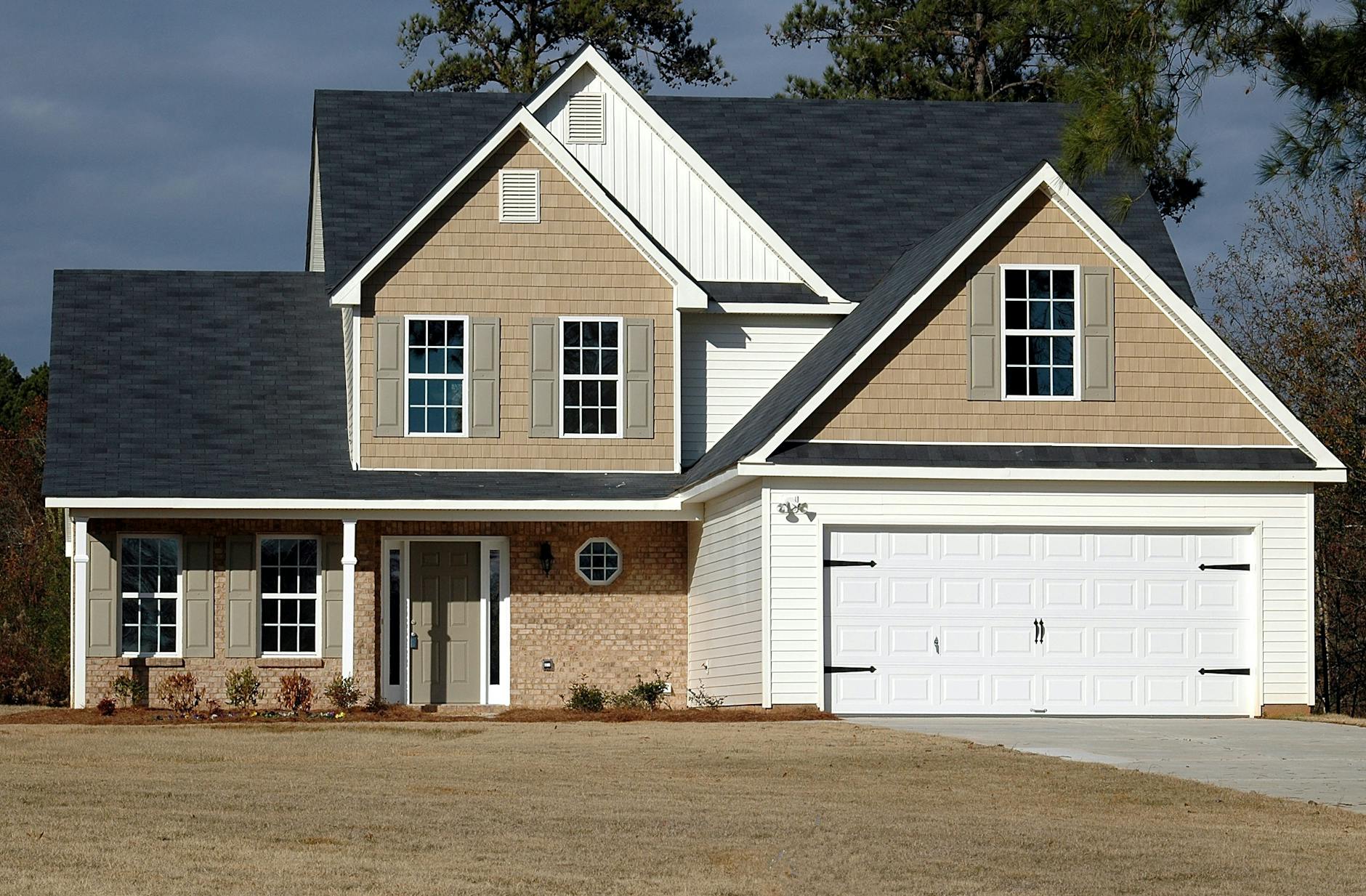Top Homebuyer Assistance Programs for Low-Income Families in 2024
Top homebuyer assistance programs for low-income families in 2024
Purchasing a home can be a daunting financial challenge, especially for low-income families striving for stability and security. Fortunately, 2024 brings an array of homebuyer assistance programs designed to make homeownership more accessible. These programs provide financial aid through grants, loans, tax credits, and educational resources that help reduce upfront costs, monthly payments, and the complexities of buying a home. Understanding the different options available is crucial for families to take full advantage of these opportunities. In this article, we’ll explore some of the most impactful programs, how they work, and the eligibility requirements, guiding low-income families toward making informed decisions in their journey to homeownership.
Federal homebuyer assistance programs
The federal government offers several key programs for low-income families aiming to buy a home. Two of the most prominent are the FHA loan program and the Good Neighbor Next Door program. The FHA loan allows buyers with lower credit scores to qualify for mortgages with minimal down payments, often as low as 3.5%. This reduces the initial financial barrier and comes with flexible underwriting standards.
The Good Neighbor Next Door program offers a unique discount of up to 50% off the list price for eligible buyers, including teachers, firefighters, police officers, and emergency medical technicians, encouraging community development in revitalization areas. Additionally, the USDA Rural Development Program provides zero-down-payment loans for eligible rural properties, targeting families who might not have immediate savings for a down payment but meet income eligibility limits.
State and local homebuyer assistance initiatives
Beyond federally backed assistance, most states and municipalities offer tailored programs that complement national resources. These include down payment assistance grants, closing cost aid, and specific loan programs for first-time homebuyers. Funding amounts and eligibility vary by location but often prioritize low-income applicants or those purchasing in designated areas.
For example, California’s CalHFA program offers several options with down payment assistance ranging from 3% to 5% and competitive interest rates. Texas’s Texas Department of Housing and Community Affairs provides mortgage credit certificates that directly reduce federal income tax liabilities, effectively lowering homeownership costs. These programs frequently require homebuyer education courses to ensure applicants are well-prepared to manage homeownership responsibilities.
Nonprofit and community-based support
Nonprofit organizations play a vital role in assisting low-income families buy homes. Programs run by entities such as Habitat for Humanity involve affordable home construction and zero-interest loans with manageable monthly payments. Many nonprofits also offer financial literacy workshops, counseling, and tailored assistance to prepare families for the challenges of homeownership.
Local community development corporations (CDCs) often collaborate with funding agencies to provide targeted assistance, including rehabilitation loans or special financing for specific neighborhoods. These localized efforts ensure that help reaches families where it is needed most, supporting both affordable housing and community revitalization.
Financial education and homebuyer counseling
A critical aspect interconnected with assistance programs is education. Many programs mandate or encourage participation in homebuyer counseling sessions that cover budgeting, credit improvement, mortgage options, and long-term financial planning. These resources are essential because they empower families to maintain stability after buying a home and avoid foreclosure risks.
Financial education often clarifies complex terms and demystifies the buying process. Organizations like the NeighborWorks America network and HUD-approved counseling agencies provide free or low-cost workshops nationwide. Integrating education with financial assistance results in stronger outcomes, enabling low-income families not only to purchase homes but to keep them sustainably.
Summary and final thoughts
In 2024, low-income families have multiple avenues to access homeownership through a spectrum of federal, state, local, and nonprofit programs. Each offers unique benefits, from down payment aid and favorable loan terms to educational resources and community-focused initiatives. The interconnection between financial assistance and education highlights a comprehensive approach to supporting buyers beyond the initial purchase. For families striving to achieve stability and investment in their futures, researching and applying to these programs can transform the dream of homeownership into reality. By leveraging available resources, low-income families can overcome financial barriers and enjoy the long-term advantages of owning a home.
| Program | Type of assistance | Eligibility criteria | Benefit | Application location |
|---|---|---|---|---|
| FHA Loan | Low down payment mortgage | Low-moderate income, credit score requirement | Down payment as low as 3.5% | Participating lenders nationwide |
| Good Neighbor Next Door | Home purchase discount | Teachers, law enforcement, emergency responders | Up to 50% off list price | HUD website |
| USDA Rural Development | Zero down payment loan | Rural area residents, income limits | No down payment required | USDA local offices |
| CalHFA (California) | Down payment assistance & loans | California residents, income limits | 3-5% down payment assistance | CalHFA website |
| Habitat for Humanity | Zero interest loans and affordable homes | Low-income families, local volunteer commitment | Affordable mortgage payments | Local Habitat chapters |
Image by: Pixabay
https://www.pexels.com/@pixabay
editor's pick
latest video
news via inbox
Nulla turp dis cursus. Integer liberos euismod pretium faucibua

